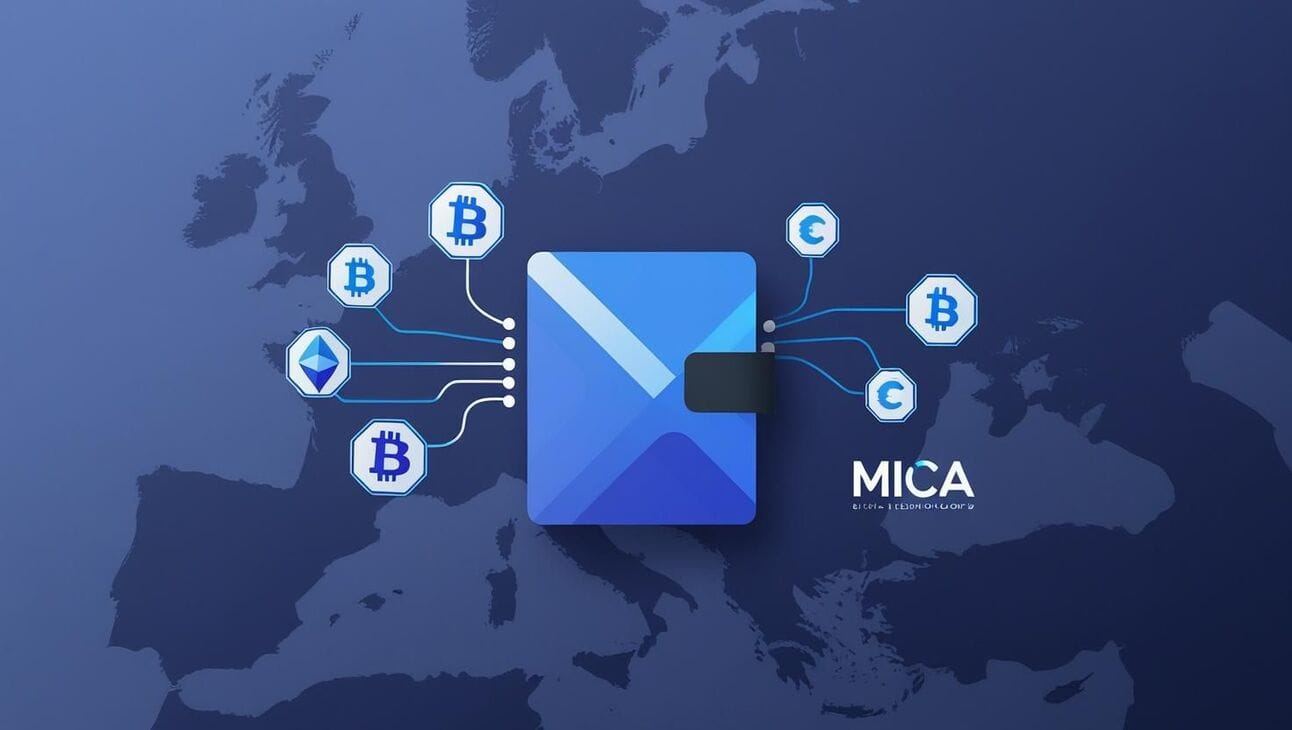- The TradFi-DeFi Report
- Posts
- Navigating the EU's Bold Leap into Crypto Regulation
Navigating the EU's Bold Leap into Crypto Regulation
The MiCA Revolution

While the USA has been undergoing growing pains (and possibly too much regulation that is about to change?), is Europe's crypto landscape undergoing a seismic shift? As of December 30, 2024, the Markets in Crypto-Assets (MiCA) regulation has fully taken effect, ushering in a new era of regulatory oversight for the cryptocurrency industry across the European Union. This landmark legislation represents the EU's bold step towards creating a harmonized framework for crypto-assets, aiming to foster innovation while ensuring investor protection and market stability[3][4].
MiCA, first proposed by the European Commission in 2020, has been designed to address the long-standing challenges in the crypto sector, including investor protection, market integrity, and financial stability[1]. The regulation provides a comprehensive framework for crypto-assets that were not previously covered by existing financial laws, encompassing a wide range of digital assets and services[10].
Under MiCA, crypto-asset service providers (CASPs) are now required to obtain a single license valid across all 27 EU member states, replacing the previous patchwork of national regulations[4]. This "license passportization" enables firms licensed in one EU country to conduct activities throughout the bloc, potentially creating new hubs for crypto businesses in countries offering business-friendly regulatory regimes[1].
The regulation distinguishes between three types of crypto-assets: asset-referenced tokens (ARTs), electronic money tokens (EMTs), and a residual category of "other" crypto-assets, which includes utility tokens[12]. For each category, MiCA sets forth specific requirements for issuance, trading, and custody, ensuring a tailored approach to different types of digital assets.

You've Reached the End of the Preview.
This analysis is for premium subscribers only. Subscribe now to unlock the full report, the complete content archive, audio articles, and the strategic edge you need.
Already a paying subscriber? Sign In.
A subscription gets you:
- • Weekly Deep-Dive Analysis: Receive our flagship 2,000+ word strategic report every week, delivered directly to your inbox.
- • Listen On-the-Go: Get an audio version of every report, perfect for your commute or workout.
- • Full Content Archive: Unlock the entire back catalog of all premium reports and audio versions.